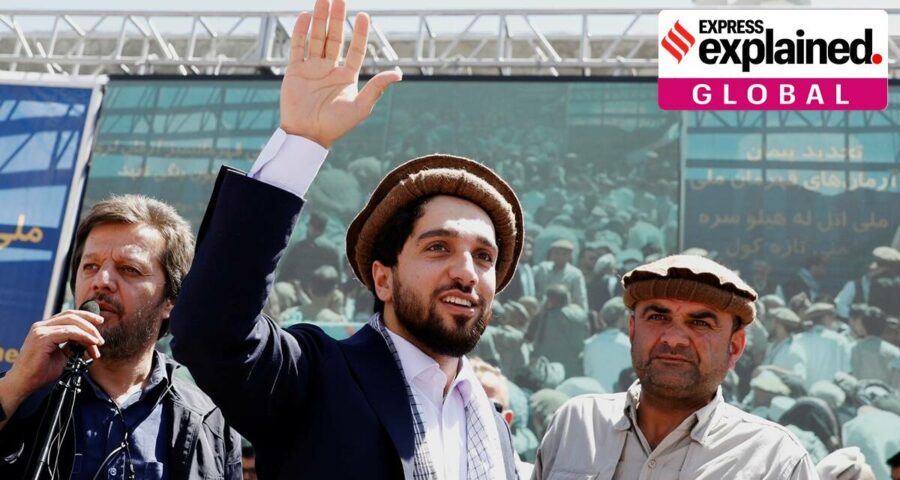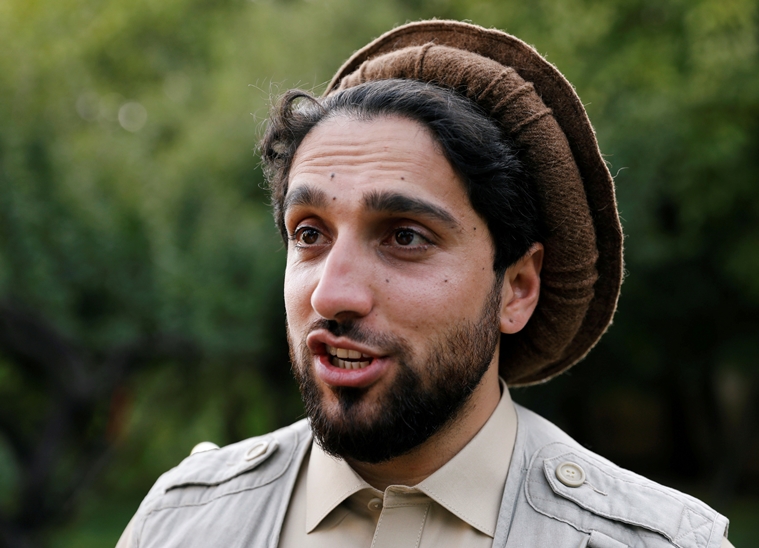Ahmad Massoud has been leading the National Resistance Front of Afghanistan. He closely resembles his father in appearance and commands a militia in the valley.
Ahmad Massoud, the son of Ahmad Shah Massoud, who was one of the main leaders of Afghanistan’s anti-Soviet resistance in the 1980s and was assassinated on September 9, 2001, at the behest of the Taliban and al-Qaeda, is following the footsteps of his father: gathering mujahideen fighters in the Panjshir Valley who are prepared to once again take on the Taliban.
Ahmad Massoud has been leading the National Resistance Front of Afghanistan. He closely resembles his father in appearance and commands a militia in the valley. Social media images show the ousted vice president, Saleh, meeting Massoud, and the duo appears to be assembling the first pieces of a guerrilla movement to take on the Taliban.
https://youtube.com/watch?v=Q1r_Mq6Rzpg%3Fversion%3D3%26%23038%3Brel%3D1%26%23038%3Bshowsearch%3D0%26%23038%3Bshowinfo%3D1%26%23038%3Biv_load_policy%3D1%26%23038%3Bfs%3D1%26%23038%3Bhl%3Den-US%26%23038%3Bautohide%3D2%26%23038%3Bwmode%3Dtransparent
Voicing his opinion on the long struggle that lies ahead of him and his fellow members against the Taliban, Massoud, writing an opinion piece for the Washington Post, said, “I write from the Panjshir Valley today, ready to follow in my father’s footsteps, with mujahideen fighters who are prepared to once again take on the Taliban. We have stores of ammunition and arms that we have patiently collected since my father’s time, because we knew this day might come.”
Newsletter | Click to get the day’s best explainers in your inbox
He added, “The Taliban is not a problem for the Afghan people alone. Under Taliban control, Afghanistan will, without doubt, become ground zero of radical Islamist terrorism; plots against democracies will be hatched here once again.”
Calling all forces to join hands against the Taliban, Massoud told French philosopher Bernard-Henri Levy that the “resistance has just begun” as “surrender is not a part of his vocabulary”.
Massoud was 9 years old when in a cave in Panjashir in 1998, where his father had gathered his soldiers, he had heard Levy say, “When you fight for your freedom, you fight also for our freedom.”
Invoking this sentiment, Massoud, in the opinion piece, asked for help from the West, saying, “We have fought for so long to have an open society, one where girls could become doctors, our press could report freely, our young people could dance and listen to music or attend soccer matches in the stadiums that were once used by the Taliban for public executions — and may soon be again.”
The Panjshir Valley is Afghanistan’s last remaining holdout where anti-Taliban forces seem to be working on forming a guerrilla movement to take on the fundamentalist group.
Panjshir Valley was among the safest regions in the country during the time of the NATO-backed government from 2001 to 2021. This history of the valley’s independence has been closely linked to Ahmad Shah Massoud, Afghanistan’s most famed anti-Taliban fighter, who led the strongest resistance against the Islamic fundamentalist group from his stronghold in the valley until his assassination in 2001.
Born in the valley in 1953, Ahmad Shah gave himself the nom de guerre “Massoud” (“the lucky one,” or “the beneficiary”) in 1979. He went on to resist the communist government in Kabul and the Soviet Union at the time, eventually becoming one of the country’s most influential mujahideen commanders.
Source: Read Full Article




